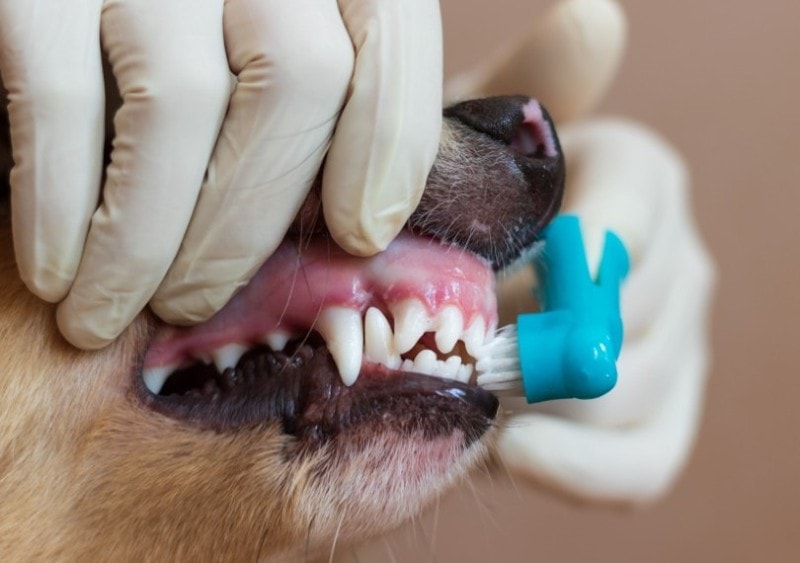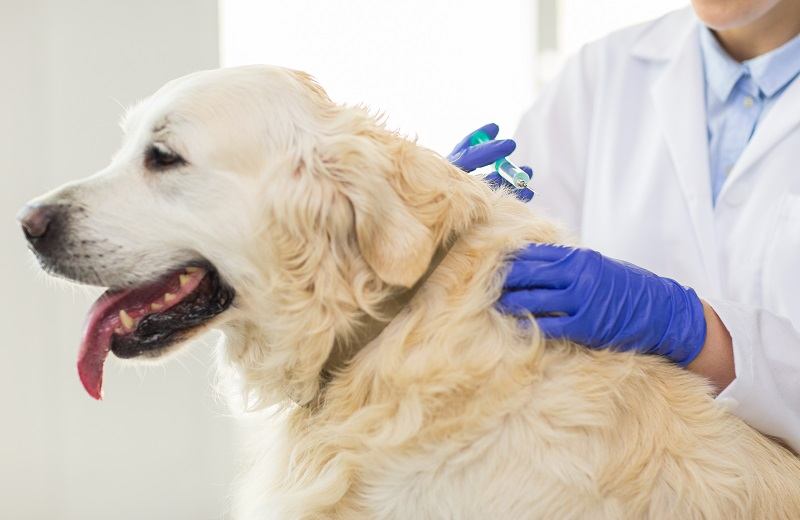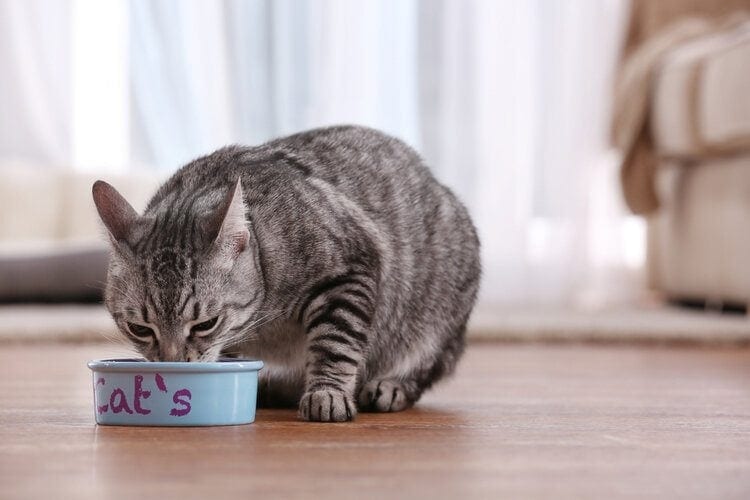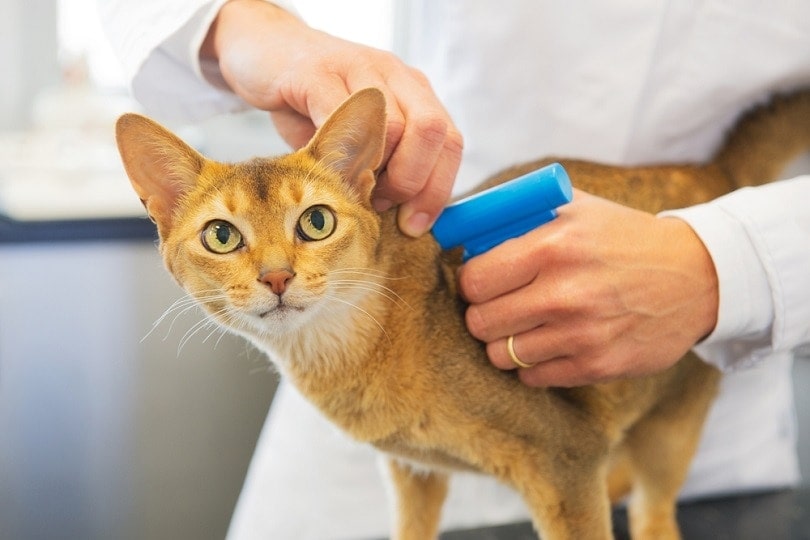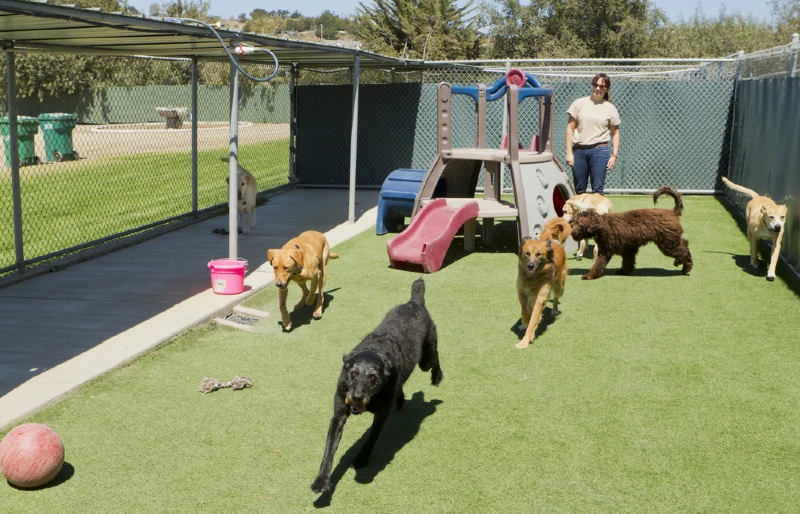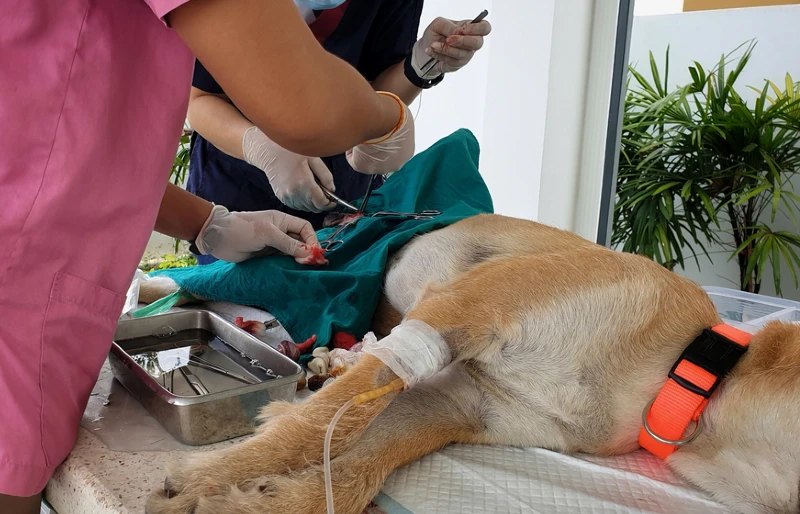What’s the Cost to Spay or Neuter a Cat in Australia? (2024 Price Guide)
Updated on
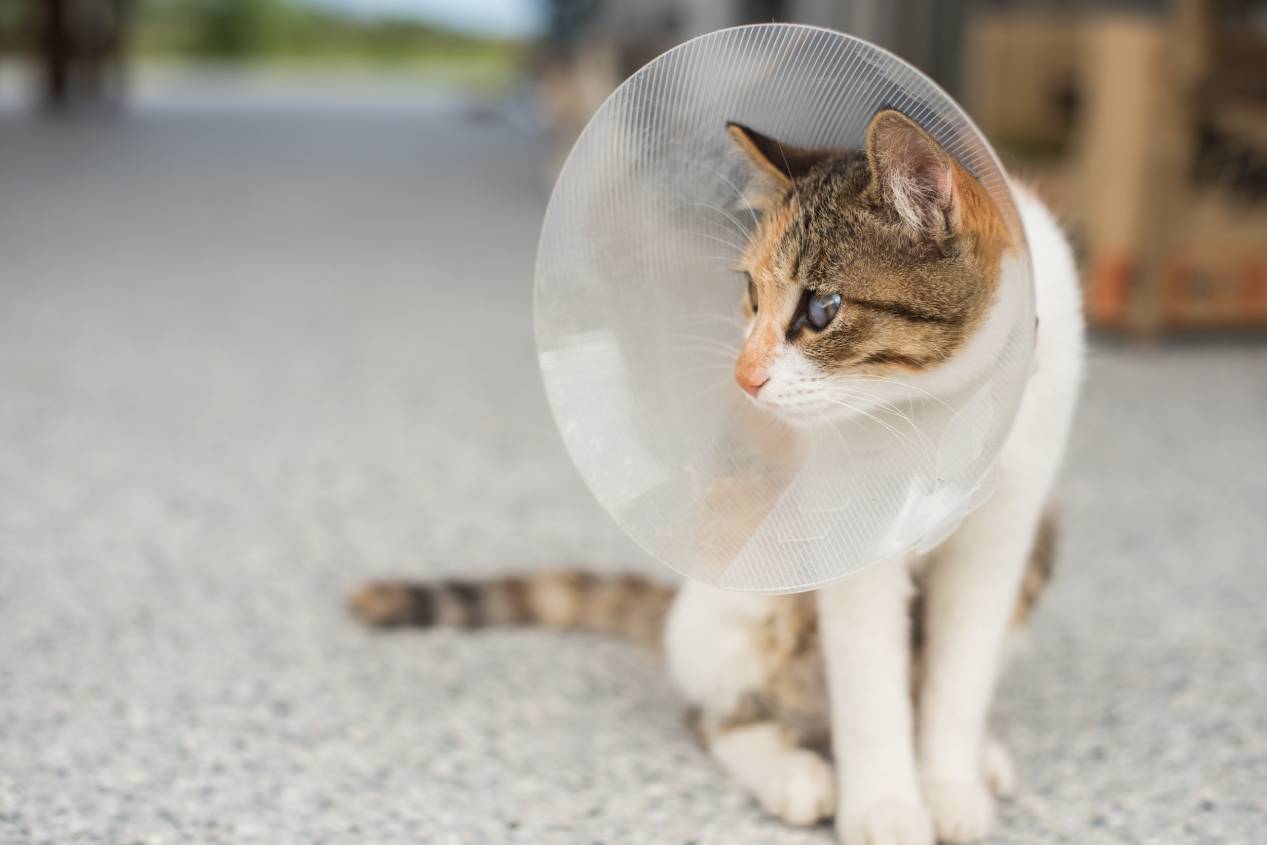
Spaying or neutering your cat is an important procedure responsible pet owners do for their cats. While this procedure is elective as far as most insurance policies are concerned, some areas of Australia consider not having your cat de-sexed to be an offense.
Castrations can cost between $101.35 and $380, while having your cat spayed will run between $201.60 and $785. Before you make an appointment with your vet, you should learn more about the procedure and its associated costs so you’re not surprised on procedure day with a bill you can’t pay. Keep reading to find our guide for everything you need to know when preparing to spay or neuter your cat!
The Importance of Spaying or Neutering
Spaying and neutering are important procedures that prevent unwanted kittens. According to one calculation, one female cat and her offspring can produce as many as 420,000 kittens in seven years. Cats can begin reproducing when they’re as young as four or five months, so the sooner you get your pet de-sexed, the better.
Getting your pet de-sexed will mean fewer feral cats in the streets and bush. There are up to 5.6 million feral cats in the bush of Australia, and these cats are wreaking havoc on the environment.1 Much of Australia’s wildlife is susceptible to feral and roaming cats, as every year, they can kill over one billion mammals, 399 million birds, and 609 million reptiles. The bilby, one of the continent’s wildlife icons, is on a path to extinction because of the out-of-control feral cat population. In addition, cats have helped push 27 different species into extinction since Australia’s colonization.2
Aside from preventing unwanted litters and increasing feral cat populations, de-sexing has other potential benefits for your kitty:
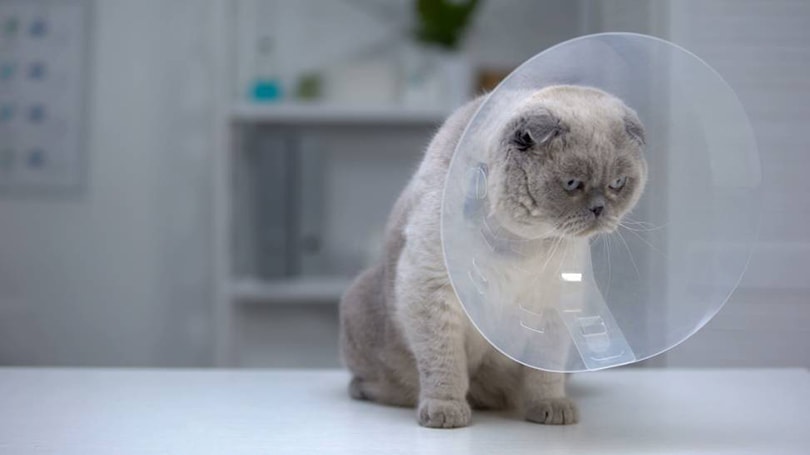
How Much Does Spaying or Neutering a Cat in Australia Cost?
The cost to de-sex your cat will depend largely on where in Australia you live. As you’ll see in the table below, the price of the procedure can vary significantly from state to state. However, you should expect to pay between $101.35 and $380 to have your male cat castrated and anywhere between $201.60 and $785 to have your female cat spayed.
The castration procedure is much cheaper as it involves the removal of the testicles, which are, in normal cats, located externally. Spaying, on the other hand, is an abdominal surgery that removes the ovaries and often the uterus. Since the procedure is more invasive and longer, it only makes sense that it would be more costly.
Animal management, including de-sexing, is a state or territory responsibility. This means that the laws about de-sexing are different between states and territories. For example, in the Australian Capital Territory, it’s an offense to own an un-desexed cat without a permit over three months of age. In South Australia, Tasmania, and Western Australia, cats over six months must be de-sexed. No mandatory de-sexing legislation exists in New South Wales, Northern Territory, or Queensland.
To provide our readers with approximate costs of cat castration and spaying procedures, we received quotes from veterinary clinics in Australia’s eight main states and territories. The quotes below are in Australian dollars.
Please note that the costs below are from one specific clinic in each state. Each veterinary clinic will set its own prices, so the costs you’ll ultimately pay for your cat’s surgery will depend on the clinic you’re using.
| Location | Castration | Spaying |
| South Australia | $139.90 | $317.75 |
| Northern Territory | $101.35 | $201.60 |
| Queensland | $134.20 | $234.00 |
| New South Wale | $380 | $785 |
| Victoria | $162 | $245 |
| Western Australia | $120 | $165 |
| Australian Capital Territory | $250 | $350 |
| Tasmania | $150 | $220 |
Sources: Walkerville Vet, Alice Veterinary Centre, Tropical Queensland Cat Clinic, Vet HQ, Yarraville Veterinary Clinic, Hanly Vet, Canberra RSPCA Desexing Clinic, Mowbray Veterinary Clinic
If the above costs are too much for your budget, check out the National Desexing Network (NDN). The NDN is an organization that makes discounted de-sexing available to Australian pet owners in financial need.
Additional Costs to Anticipate
While the costs in the above table are great jumping-off points, your vet may recommend a physical examination, testing, and post-operative medication.
A standard cat check-up is around the $50 to $100 mark, depending on your cat’s health.
Your vet may recommend pre-anesthetic testing to minimize anesthetic risks and promote a good surgical outcome. They usually take a pre-anesthetic blood test to screen for things that could increase the risk of surgical complications, such as dehydration, inflammation, illness, and organ dysfunction. Blood testing can run you anywhere between $150 and $300.
Your vet will either include an e-collar (AKA the “cone of shame”) in the cost of your pet’s de-sexing procedure or charge you for one before your cat is discharged. E-collars are much more affordable at pet stores than at your veterinary clinic, so we recommend buying one beforehand to save a little bit of money.
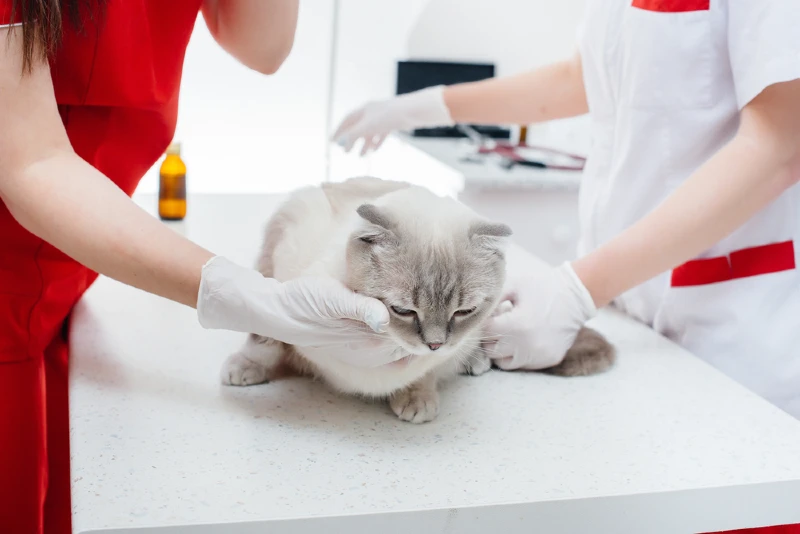
Does Pet Insurance Cover Spaying or Neutering?
Coverage varies from policy to policy, so you’ll need to check with your insurance company to see what is and isn’t covered. However, most policies consider de-sexing an elective surgery, so most will not provide coverage. The exception to this rule is if your cat needs to be de-sexed due to a complication or disease.
Some insurance companies may allow policyholders to add on additional coverage. This additional coverage may offer wellness or routine care that would pay for some of the procedure. Still, finding any insurance company willing to cover elective procedures is exceedingly rare.
How to Help Your Cat Recover After Its Procedure
Though castration and spaying are both routine procedures at this point, there are some aftercare tips you should take note of to keep your kitty comfortable post-op.
Your cat will need much rest when it comes home after its surgery. Your vet will likely recommend you stay home with your cat for the first day post-surgery, as this is when your kitty needs the closest monitoring. You’ll want to keep a close eye on it for any signs of potential issues, such as:
- Swollen abdomen
- Pale gums
- Slowed respiratory rate
- Diarrhea
- Vomiting
- Low urine output
- Weakness
- Openings in the incision
Besides monitoring for signs of illness, you’ll also need to prevent your kitty from physical activity like jumping or running and ensure it keeps its e-collar to deter it from licking the incision.
If your vet prescribes medication, use them as instructed.
- Related Read: How Many Cats & Dogs are Spayed & Neutered in Australia?
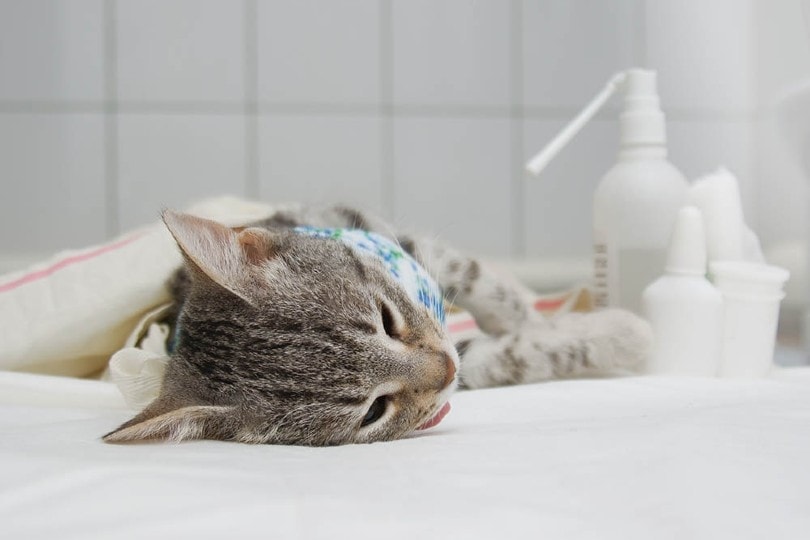
Conclusion
De-sexing your cat is something all responsible pet owners need to do to prevent unwanted kittens and promote better health for these animals. Now that you know the costs associated with the procedure, it’s time to call your local vet and make an appointment for your pet.
Remember, if you don’t have any wiggle room in your budget, you still have options! Reach out to the National Desexing Network to find a clinic near you that offers low-cost de-sexing.
Featured Image Credit: Elwynn, Shutterstock

